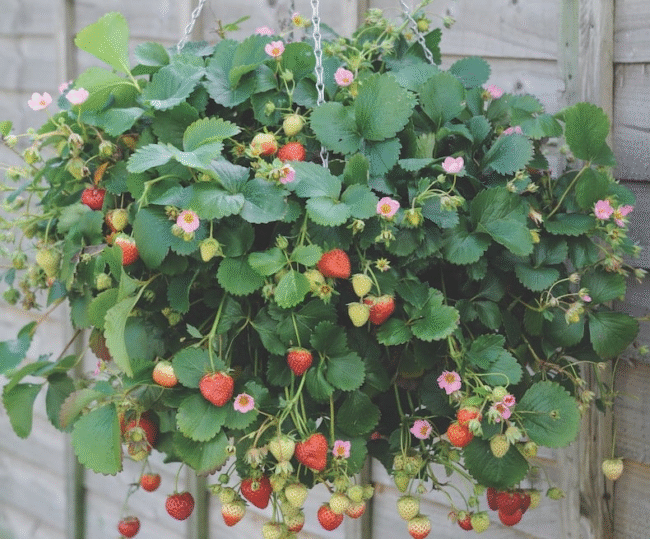
Creating a play area for your kids isn’t just about swings and slides — it’s about shaping a space where they can learn, explore, and connect with nature. Adding a few fruit trees nearby can turn any backyard into a place that feeds both their bodies and their curiosity. The best part? You don’t need a giant yard or advanced gardening skills to make it happen.
Here are five fruit trees that are safe, manageable, and a joy to grow, even for busy parents.
1. Apple Trees
Apple trees are classics for a reason. They’re hardy, adaptable, and give you beautiful blossoms in spring followed by crisp fruit in the fall. Kids love watching the transformation from flowers to fruit, and you’ll love having a healthy snack right outside the door.
- Why they work near a play area: They offer light shade without creating too much mess.
- Maintenance tip: Choose dwarf or semi-dwarf varieties — they stay small enough for little hands to help with picking.
- Pro tip: For a wide selection and advice on choosing the right variety, you can explore a fruit trees nursery that specializes in backyard-friendly options.
2. Peach Trees
Peach trees bring a burst of color to your yard with their spring blooms and fuzzy, sweet fruit in summer. They’re also faster growers than some other fruit trees, which means your kids can enjoy the results sooner.
- Why they work near a play area: Their size is manageable, and their branches are sturdy enough for gentle pruning to keep things tidy.
- Maintenance tip: Plant them in a sunny spot and make sure they have good drainage to avoid root problems.
3. Plum Trees
Plum trees don’t get as much attention as apples or peaches, but they’re underrated champions in family gardens. Their deep purple fruit is full of vitamins, and the trees themselves are often compact and decorative.
- Why they work near a play area: Many plum varieties stay under 15 feet tall and have a rounded shape that’s easy to manage.
- Maintenance tip: Plums do best with a companion tree for pollination, so plan on planting two if you want a reliable harvest.
4. Cherry Trees
Cherry trees bring both beauty and bounty to your backyard. In spring, they’re covered in white or pink blossoms, and in early summer, they produce sweet or tart cherries depending on the variety.
- Why they work near a play area: Their blooms are a natural photo backdrop, and their fruit is easy for kids to pick.
- Maintenance tip: Protect the fruit from birds with netting, or plant an extra tree just for the wildlife to enjoy.
5. Fig Trees
Figs are a surprisingly kid-friendly fruit. They’re soft, naturally sweet, and perfect for snacking fresh or adding to homemade treats. The trees themselves are low-maintenance and thrive in warmer climates.
- Why they work near a play area: They’re compact, and many varieties can even be grown in large pots if space is tight.
- Maintenance tip: In cooler regions, choose cold-hardy varieties or bring potted trees indoors during winter.
Quick Comparison Table
| Tree Type | Best For | Approx. Height (Dwarf) | Time to First Fruit | Special Notes |
| Apple | All climates | 8–10 ft | 2–4 years | Needs full sun |
| Peach | Warm, sunny spots | 8–12 ft | 2–3 years | Protect from frost |
| Plum | Small spaces | 10–15 ft | 3–6 years | Often needs second tree |
| Cherry | Spring beauty | 8–12 ft | 3–5 years | Bird protection needed |
| Fig | Warm climates | 6–10 ft | 1–2 years | Can grow in pots |
A Note on Safety
When planting near a play area, make sure to:
- Avoid pesticides or choose organic options.
- Keep low branches trimmed so kids don’t bump their heads.
- Maintain a clean space under the trees to prevent slips from fallen fruit.
Why Fruit Trees Make a Great Addition
According to a study from the University of Illinois Extension, gardening activities like planting and caring for fruit trees can help children develop better motor skills, patience, and environmental awareness. It’s hands-on learning disguised as outdoor fun — and the whole family benefits from the fresh produce.
Final Thoughts
Adding a few fruit trees near your child’s play area is about more than just growing food — it’s about creating memories. From the first blossoms in spring to the joy of picking the first ripe apple or fig, these moments become part of your family’s story.
Start with one or two trees you know you’ll enjoy, and let your backyard grow into something special over time. With the right choices, your play area can be a place where both kids and trees grow strong together.
